How to achieve ±0.1mm ultra-precision slitting of ribbon slitting machine? Analysis of key functions
To realize the ±0.1mm ultra-precision slitting of the ribbon slitting machine, it is necessary to make collaborative breakthroughs in mechanical design, control system, process optimization and other aspects. The following are the key features and technical points:
1. Core challenges and influencing factors of accuracy
1. Ribbon characteristics:
◦ The material is soft (such as wax-based, mixed-based, resin-based), easily stretched or deformed, and sensitive to tension.
◦ Multi-layer composite structure (such as PET substrate + coating) requires that the incision is free of delamination and burrs.
2. Precision Interference Sources:
◦ Mechanical vibration, tension fluctuations, tool wear, feeding slippage, etc.
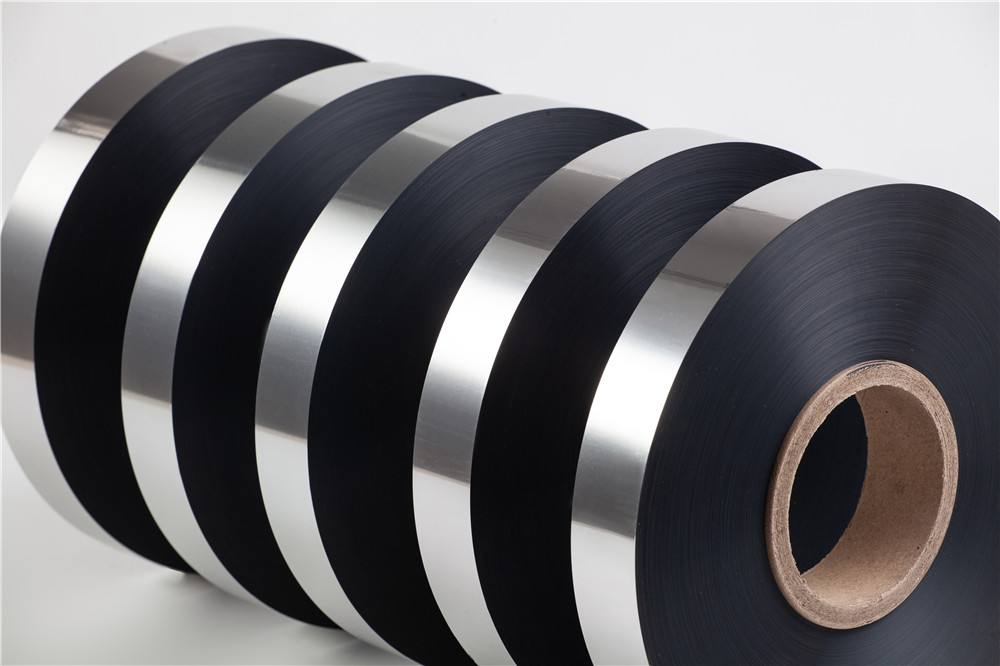
Second, the key technology to achieve ±0.1mm ultra-precision
1. High rigidity mechanical structure design
• Precision guide rails and lead screws:
C-level or higher precision linear guide + ball screw (axial clearance ≤0.05mm) is used to ensure that the tool holder moves without return error.
• Split turret:
The upper and lower tool axes are driven independently, and the tool pitch (resolution 0.01mm) is fine-tuned through the servo motor to adapt to different ribbon thicknesses.
• Air Bearing Support:
Non-contact support is used for thin ribbons (e.g. 6 μm) to avoid deformation of the material under compression.
2. Intelligent tension control system
• Multi-stage closed-loop tension control:
◦ Unwinding (magnetic powder brake) + traction (servo motor) + winding (vector frequency conversion motor) three-stage independent tension control, fluctuation range ≤± 0.5N.
◦ Real-time feedback: through tension sensor or floating roller detection, PLC dynamic adjustment.
• Taper Tension Algorithm:
When winding, the tension is automatically reduced with the increase of the roll diameter to prevent the inner layer from being extruded and deformed.
3. Ultra-precision cutting system
• Tool selection and configuration:
◦ Round knife cutting: tungsten carbide blade (mirror polished, Ra ≤0.2μm), cutting edge angle 30°±1°, life ≥ 1000km.
◦ Ultrasonic cutting (optional): High-frequency vibration cutting, suitable for highly viscous resin-based ribbons, reducing burrs.
• Dynamic tool setting technology:
The laser displacement sensor monitors the knife gap in real time and automatically compensates for tool wear (e.g. 0.005mm per 10km cut).
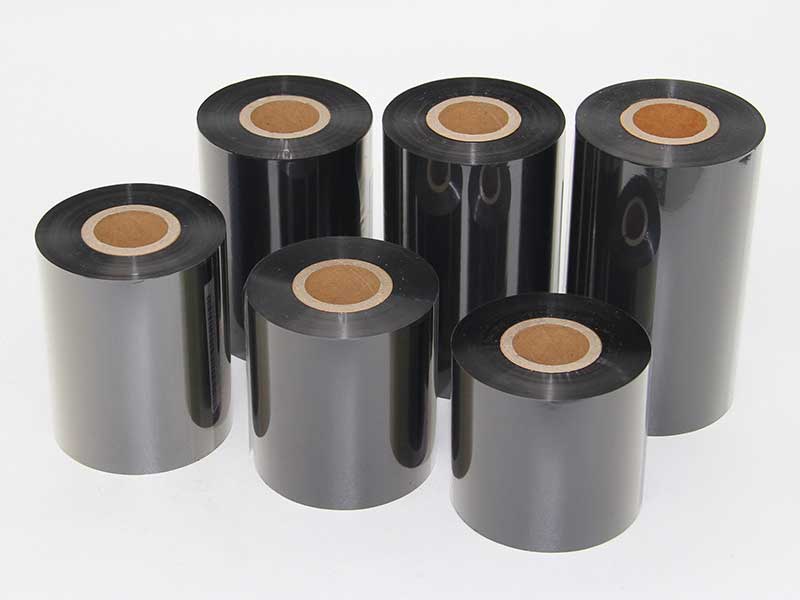
4. High-precision correction and feeding
• CCD Vision Correction:
The line scan camera scans the edge of the ribbon, the positioning accuracy is ± 0.03mm, and the linkage servo motor is horizontally adjusted (response time≤ 10ms).
• Servo-direct drive feeding:
Eliminate the traditional gear drive, directly drive the feed roller, the encoder resolution ≤ 1μm, and eliminate the backlash error.
5. Environmental and vibration control
• Constant temperature workshop:
The temperature fluctuation ± within 1°C to avoid thermal expansion and contraction of the material.
• Active Vibration Damping Base:
Gas spring or magnetic levitation vibration isolation to reduce ground vibration conduction (e.g., ≤0.01g).
3. Intelligent auxiliary functions
• Automatic Calibration System:
Automatically calibrate the tool, tension sensor and guiding reference after start-up, reducing manual adjustment time.
• Big Data Optimization:
Historical cutting parameters (e.g., optimal tension and speed for different ribbon models) are recorded, and the AI recommends process recipes.
• Remote Diagnostics:
Real-time monitoring of equipment status via 5G/industrial Internet to warn of potential failures (e.g. insufficient tool life).
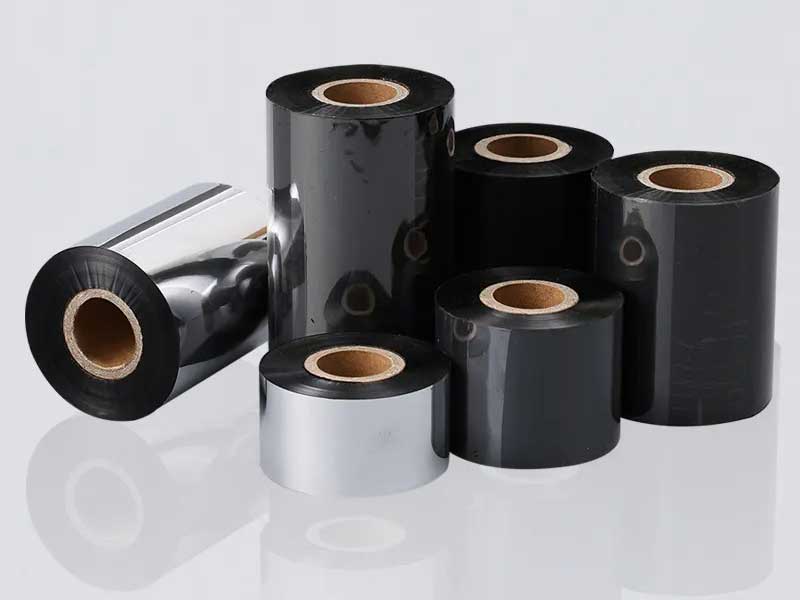
Fourth, practical application cases
• After a label material manufacturer upgrades its slitting machine with the above technology:
◦ Slitting width tolerance increased from ±0.3mm to ±0.08mm;
◦ Scrap rate reduced from 2.5% to 0.3%;
◦ The speed reaches 120 m/min (originally 80 m/min).
5. Key points of maintenance and operation
1. Routine Maintenance:
◦ Clean rails and optical sensors per shift;
◦ Weekly inspection of tool wear (microscopic observation of cutting edges).
2. Operational Specifications:
◦ The ribbon needs to be stored at constant temperature and humidity (23°C±2°C, RH50%±5%);
◦ Allow to stand for more than 4 hours before slitting to eliminate internal stress.
6. Suggestions for equipment selection
• Priority Configuration:
◦ Brand servo system (such as Yaskawa, Panasonic) + high-precision encoder;
◦ PLCs that support the EtherCAT bus (e.g. Beckhoff, Siemens) ensure real-time performance.
• Verification Criteria:
Require the supplier to provide a third-party test report (e.g., laser interferometer measurement repeatability).
Through the integration of the above technologies, the ribbon slitting machine can achieve ultra-precision slitting of ±0.1mm, which can meet the needs of high-end electronic labels, medical barcodes and other demanding scenarios. The core lies in the collaborative optimization of mechanical stability, dynamic control accuracy and intelligent compensation.
Recent Post
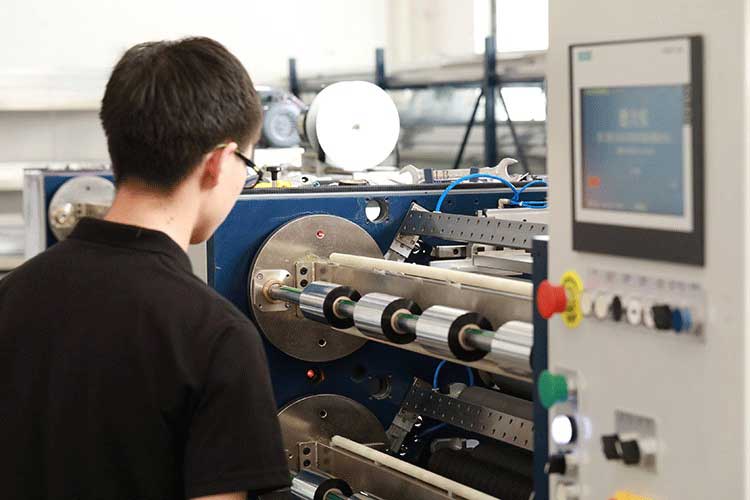 One-button operation: How can ribbon slitter simplify the production process?17. April, 2025
One-button operation: How can ribbon slitter simplify the production process?17. April, 2025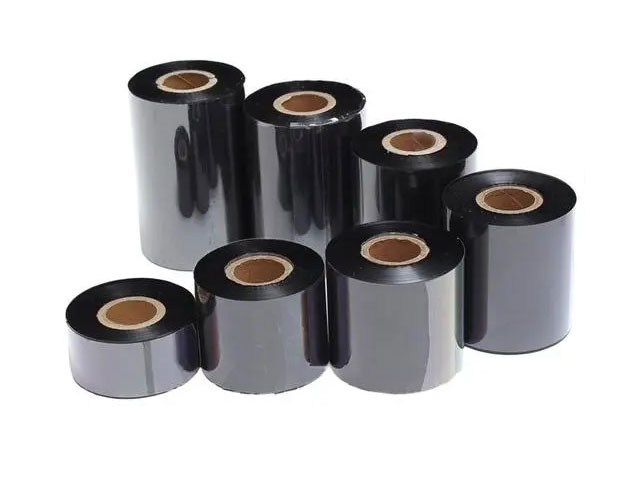 Why Choose Automatic Ribbon Slitting Machine? Precision, speed and stability16. April, 2025
Why Choose Automatic Ribbon Slitting Machine? Precision, speed and stability16. April, 2025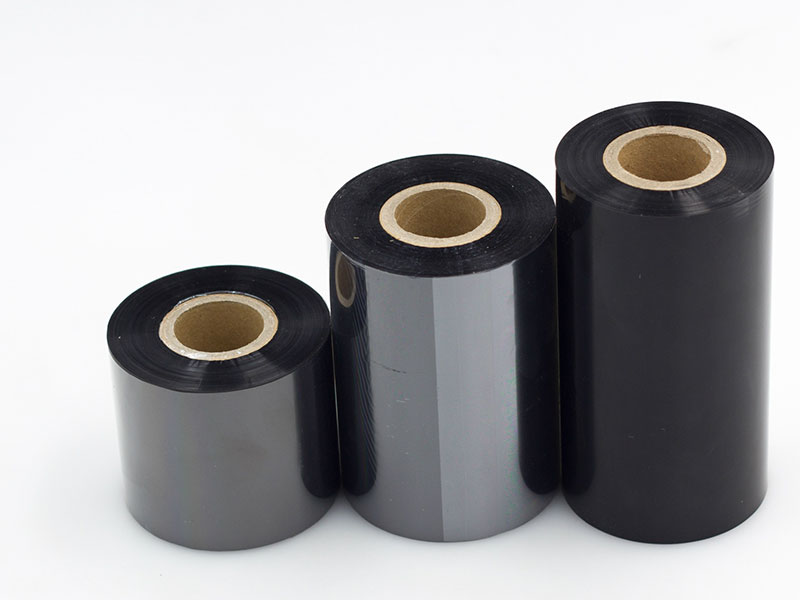 Customized slitting solutions: How can ribbon slitting machines meet the needs of different industries?15. April, 2025
Customized slitting solutions: How can ribbon slitting machines meet the needs of different industries?15. April, 2025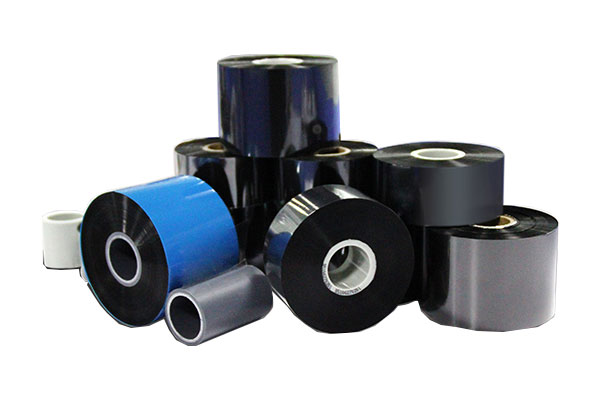 How does the ribbon slitting machine achieve micron slitting? Key technologies are all revealed14. April, 2025
How does the ribbon slitting machine achieve micron slitting? Key technologies are all revealed14. April, 2025
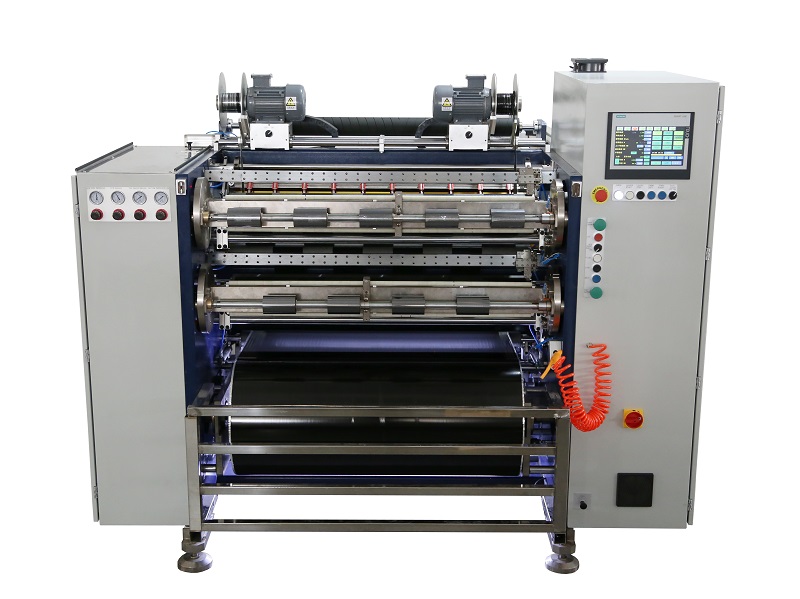 Fully Automatic TTR Slitter RSDS8 Plus
Fully Automatic TTR Slitter RSDS8 Plus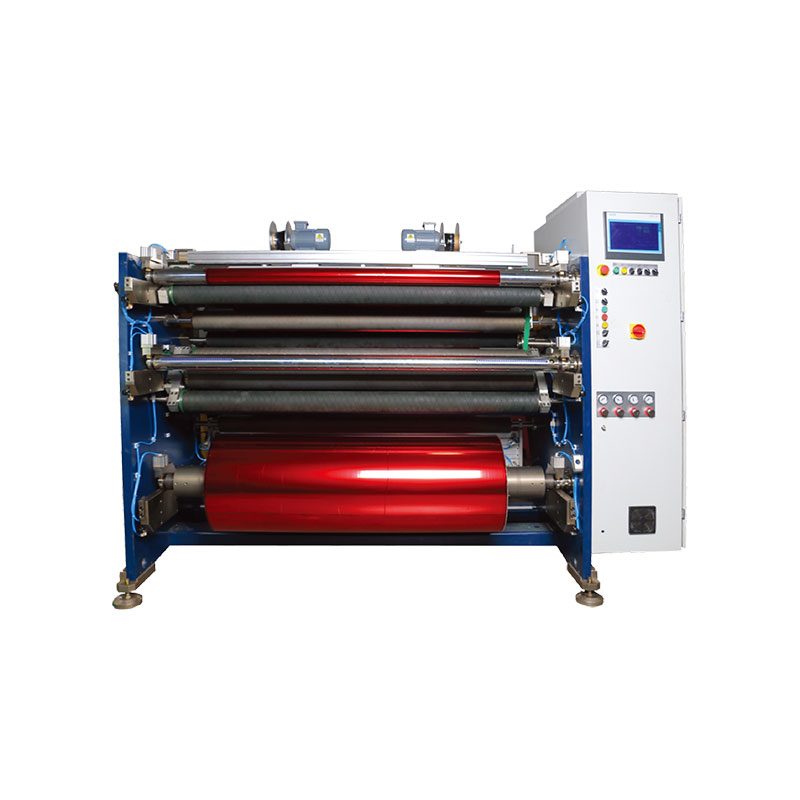 Hot Stamping Foil Slitter 1600mm
Hot Stamping Foil Slitter 1600mm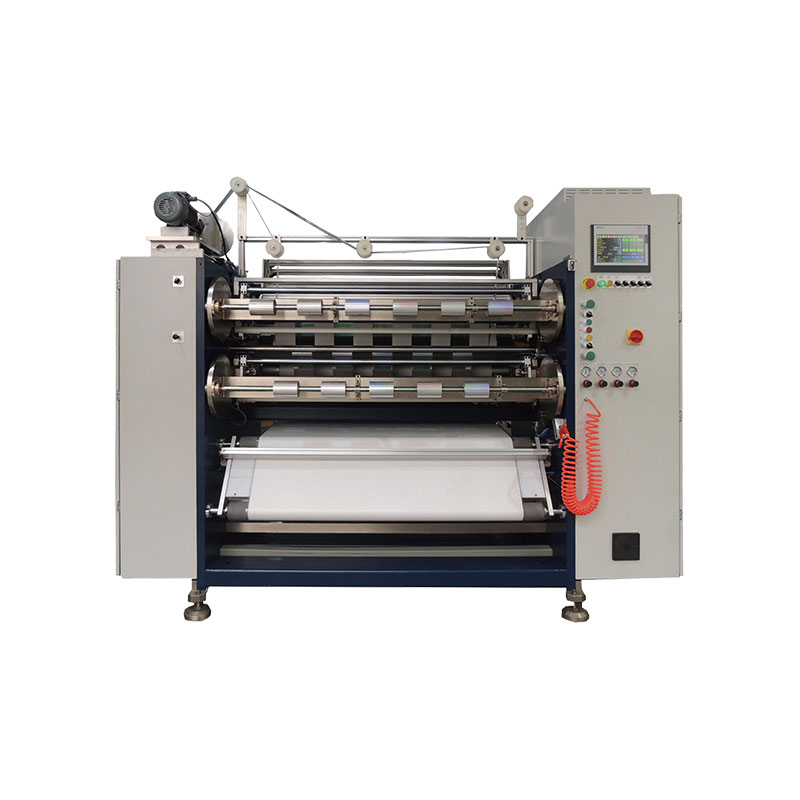 Hot Stamping Foil Slitter (4 Shafts)
Hot Stamping Foil Slitter (4 Shafts)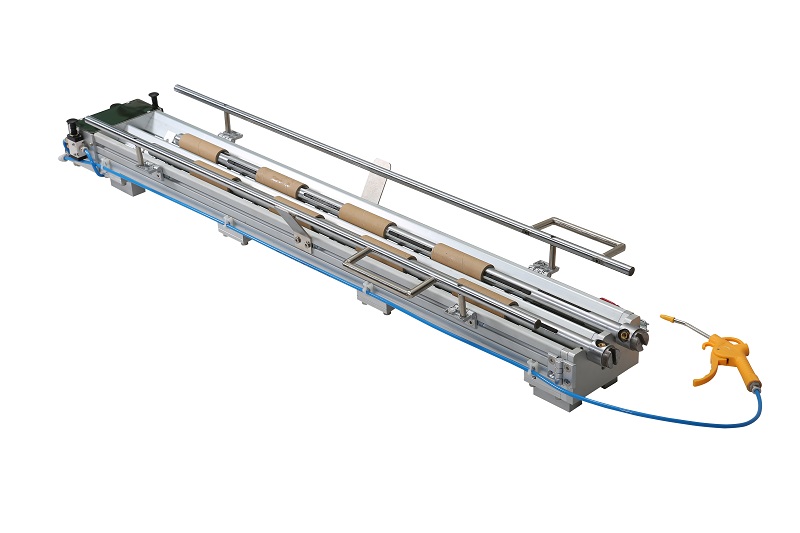 Paper Core Loading Machine
Paper Core Loading Machine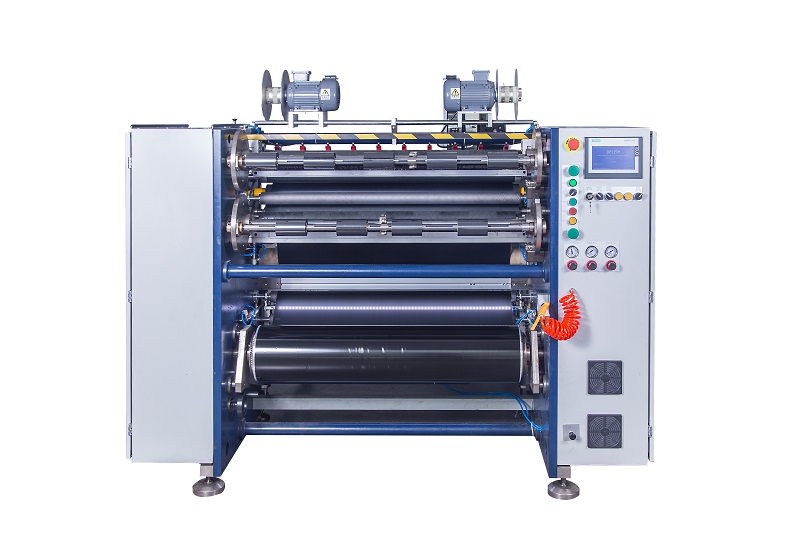 Semi-Auto TTR Slitter RSDS2 Plus
Semi-Auto TTR Slitter RSDS2 Plus Semi Automatic TTR Slitter RSDS5 Plus
Semi Automatic TTR Slitter RSDS5 Plus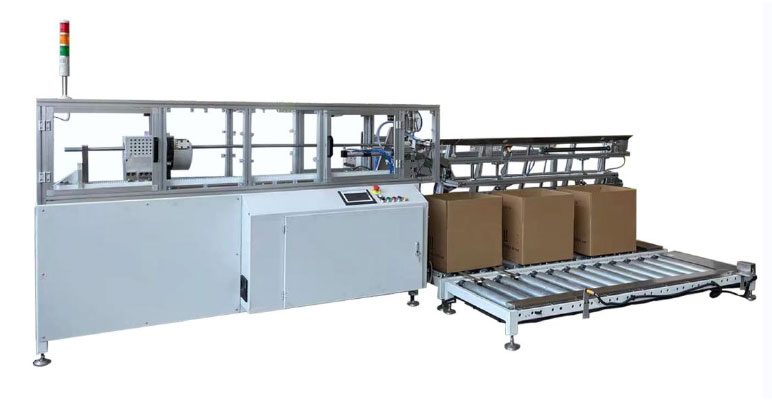 Auto Paper Core Cutter
Auto Paper Core Cutter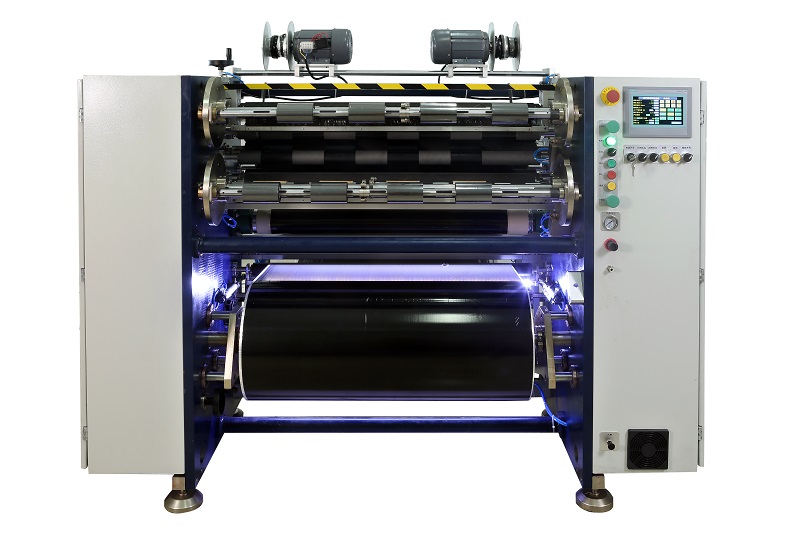 Manual TTR Slitter RSDS2
Manual TTR Slitter RSDS2





